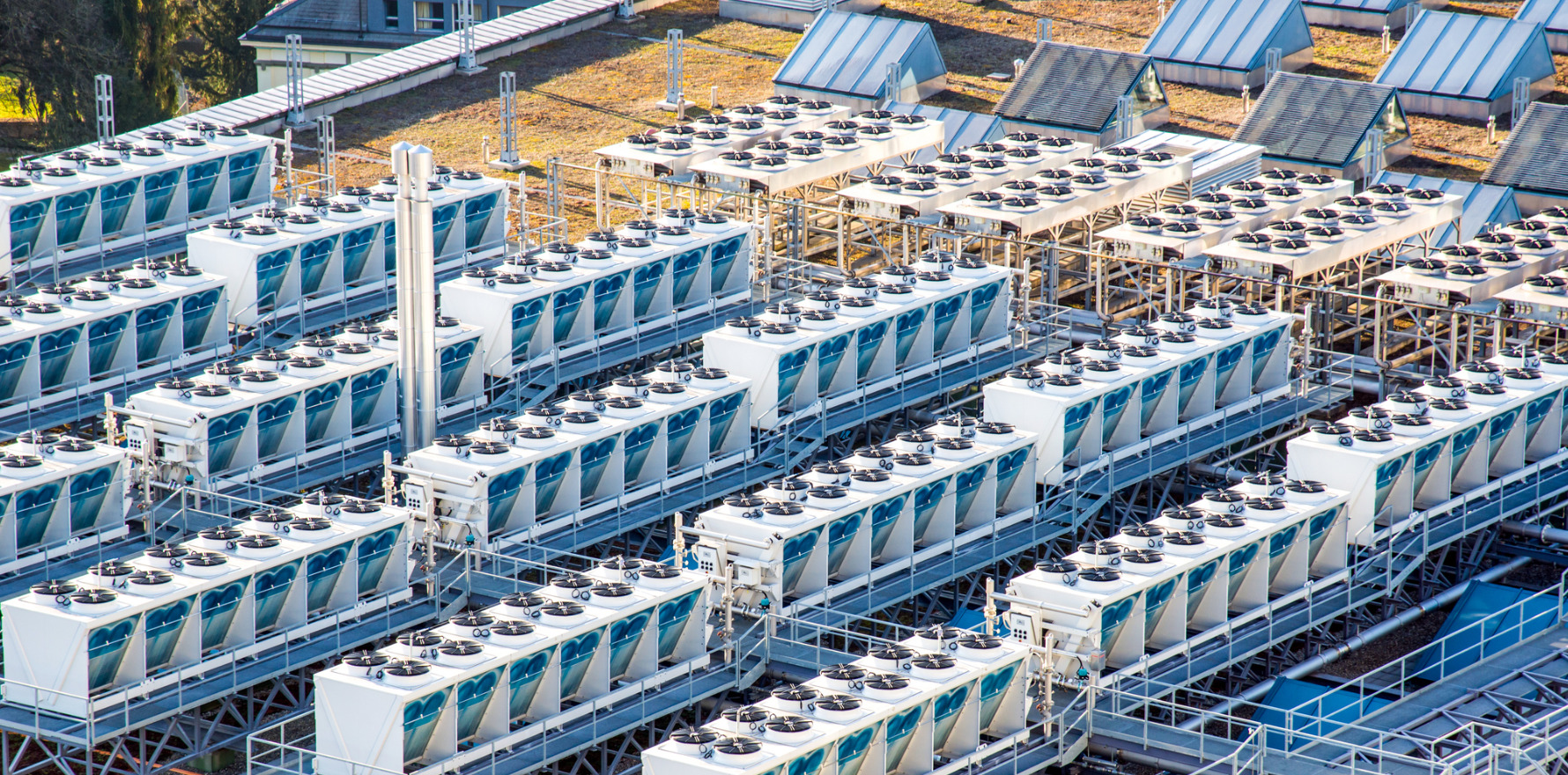For the first time the department has a map to reducing the sector’s carbon emissions. Electrifying the department’s transportation is just the start.
NSW Health has launched its first “net zero roadmap” in a bid to deliver what it describes as a “modern, low carbon, low waste, climate resilient health system” driven by zero emissions by 2050.
The roadmap, which aligns with the Future Health: guiding the next decade of care in NSW 2022-2032document launched by then health minister Brad Hazzard in 2022,outlines six strategy pillars, including:
- Healthcare – transitioning to modern high-quality, low-carbon models of care;
- Land and buildings – decarbonising design, construction, use and disposal of buildings and being stewards of land and waters;
- Energy and water – improving air quality and health by using natural resources in sustainable ways;
- Supply chain – reducing environmental and financial supply chain costs through the purchase of goods and services and drive circularity;
- Travel and transport – improving air quality and health by shifting towards active modes of transport, electrifying NSW Health transportation, and exploring new ways to deliver care remotely;
- Food services – sustainable sourcing, production and provision of high-quality, healthy food for patients, while minimising food waste.
“The NSW Health Net Zero Roadmap will help us meet the ambitious goal of reaching zero emissions by 2050, all while clinicians and healthcare workers continue to deliver high-quality care to the community,” said state health minister Ryan Park.
“I’m grateful to everyone involved in the roadmap’s development, taking a strategic and active approach to reducing waste and emissions, while maintaining and improving our high standards of care.
“The health of the planet is deeply linked with public health and this roadmap will support a healthier and more sustainable community.”
Susan Pearce, secretary of NSW Health said:
“The healthcare sector has historically been a significant contributor to greenhouse gas emissions, and we all need to play our part to create a cleaner and more sustainable future.
“To that end, NSW Health staff are implementing innovative programs, technologies, policies and practices towards the NSW government’s net zero targets.”
The NSW government committed to net zero targets via the Climate Change (Net Zero Future) Act 2023.
Doctors for the Environment Australia said that the country’s healthcare system produced 7% of Australia’s carbon emissions.
“This is largely attributable to public and private hospitals’ reliance on emissions-intensive procurement, fossil fuel-based energy supply and pharmaceuticals,” said its 2020 report Net zero carbon emissions: responsibilities, pathways and opportunities for Australia’s healthcare sector.
“Globally healthcare contributes about 4-6% of greenhouse gas emissions – if the global healthcare sector were a nation it would be the 5th largest emitter.”
NSW Health’s net zero roadmap was developed via a consultation process which heard from over 2200 contributors, including 26 consultation sessions with NSW Health staff.
Related
Next step is an implementation plan which will outline decarbonisation actions for each of NSW Health’s top emission sources “allowing for specific programs, initiatives and collaborations to deliver the objective statements for each priority area”.
Eighteen emissions sources which together constitute 80% of NSW Health’s carbon footprint were identified as “key emission hotspots”.
Electricity is the most significant single emissions source, representing 31.9% of the total footprint, followed by electronic equipment (7.4%), staff commute (6.4%), and medical building and construction (5.6%).
The identified emission hotspots are outlined in the below figure:

Digital health measures will play their part in reducing emissions, says the roadmap.
“Leveraging digital solutions, such as virtual care and artificial intelligence … improve access and health communication, particularly for regional and rural communities. Measurement of the co-benefits of reduced transport-related emissions should be considered.”
One case study of particular note is that of anaesthetists switching to more sustainable anaesthetic gases in Northern Sydney LHD.
“Anaesthetic gases comprise ~2% of NSLHD’s carbon footprint,” says the roadmap.
“One gas, desflurane, has a global warming potential (GWP100) that is 2540 times greater than carbon dioxide, making it a potent greenhouse gas.”
In 2022, a team of anaesthetists at NSLHD set about reducing the impact of desflurane by encouraging a switch to using alternative and less polluting anaesthetic gases while continuing to deliver safe, high-quality healthcare.
“A multifaceted project was implemented across the district, including a staff education and awareness raising campaign, training to support practice changes, and audits to monitor desflurane use,” according to the roadmap.
“The project was successful in significantly reducing desflurane use from 35 bottles per month to only four bottles over the 2022/23 financial year at Royal North Shore Hospital.
“This is equal to a reduction of carbon emissions from 1321 tonnes to 0.75 tonnes. A direct cost saving of $344,087 and a global social cost saving of $105,048 per year was also calculated.
“Subsequently, the NSW Medicines Formulary Committee endorsed the decision to remove desflurane from the Formulary.”
Read the full NSW Health roadmap to net zero here.



